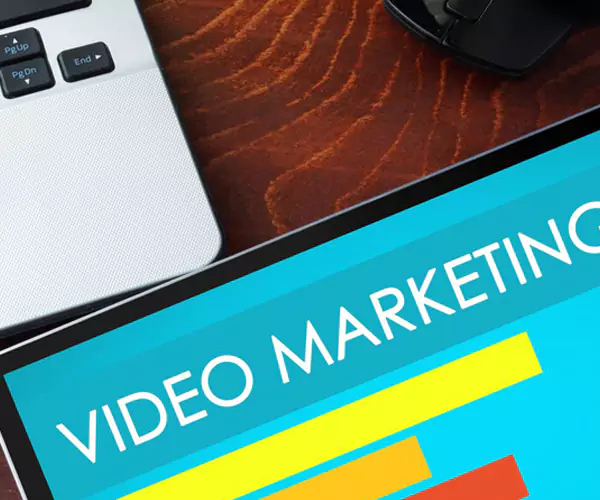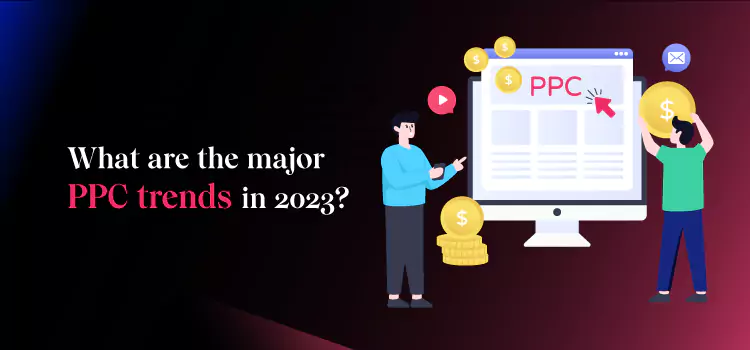PPC (Pay-Per-Click) advertising is a form of digital advertising where advertisers pay each time a user clicks on one of their ads. It is a crucial component of digital marketing due to its targeted reach, measurable results, and cost-effectiveness. PPC allows you to target specific audiences based on demographics, interests, behaviours, and geographical location and provides measurable results such as cost per click (CPC), click-through rate (CTR), and conversion rate. This information can be used to evaluate the success of the campaign and make informed decisions. Additionally, PPC is a cost-effective way to drive traffic and generate leads, as you only pay for actual clicks and conversions.
PPC campaigns can be launched quickly and easily adjusted based on real-time data and performance. This flexibility makes PPC an attractive option for businesses looking to drive targeted traffic and generate leads. PPC campaigns can also complement and enhance other marketing efforts, such as SEO, content marketing, and social media. By driving targeted traffic to your website, PPC campaigns can increase the visibility of your brand and improve overall marketing ROI. In conclusion, PPC is a valuable component of a comprehensive digital marketing strategy, offering targeted reach, measurable results, cost-effectiveness, quick results, flexibility, and the ability to complement other marketing efforts.
The PPC industry has evolved significantly over the years, with new technologies and consumer behaviours driving changes in PPC trends. In the early days of PPC, the focus was on simple text-based ads and keyword targeting. However, advancements in technology and consumer behaviour have led to emerging trends. With new technologies and consumer behaviours continuing to evolve, the PPC industry is likely to see further changes in the coming years. This will make it an exciting and dynamic field for advertisers and marketers.
Let us see some of the growing trends in PPC that are set to become mainstream in 2023, following developing technology and evolving customer behaviour.
1. Artificial Intelligence (AI) and Machine Learning (ML) technology to optimise campaigns and maximise ROI.
AI and ML technology in PPC help advertisers make data-driven decisions to maximise ROI by analysing vast amounts of data in real time, identifying the most effective strategies and tactics, and optimising campaigns. It analyses search patterns, user behaviour, keywords, ad copy, audience data, and campaign performance to dynamically manage bids, adjust ad copy, target the most effective audience, and make predictions about changes in real time. The integration of AI and ML into PPC is a growing trend that will continue to shape the industry in 2023 and beyond.


2. Increased focus on voice search and voice-based advertising.
With the rise of voice-activated devices, voice search, and voice-based advertising are becoming increasingly popular in the digital marketing landscape. Advertisers are taking notice and are looking to optimise their campaigns to reach users on these platforms and deliver targeted and personalised ads that respond to user queries. For example, if a user asks their smart speaker for information about a new product, a voice-based ad could provide a brief description of the product, its features, and where to buy it. This presents a new opportunity for advertisers to reach potential customers more conversationally and interactively.
3. Increased use of personalization and individualised ad experiences to target specific audience segments.
Personalization and individualised ad experiences are becoming increasingly popular in PPC. Advertisers use data such as demographics, behaviours, interests, and locations to create targeted ads that resonate with specific groups of users. This allows them to deliver relevant and valuable content to users, increasing the likelihood that they will engage with the ad and take action. For example, a fashion retailer might use data on users’ browsing and purchase history to deliver personalised ads for clothing and accessories that match their style and preferences.
4. Increased adoption of interactive and immersive ad formats.
Interactive and immersive ad formats, such as AR and VR, are becoming more popular and will be an increasingly prominent trend in PPC in 2023. These ad formats allow advertisers to create engaging and interactive experiences for users that transcend traditional static display ads. For example, a furniture retailer could use AR to allow users to see how a piece of furniture would look in their home before making a purchase. This type of ad format can increase user engagement and help drive conversions.
5. Expansion of e-commerce advertising and the integration of shopping campaigns across multiple platforms.
E-commerce advertising continues to grow, and advertisers are looking to integrate shopping campaigns across multiple platforms to engage users at every stage of the buying journey. This includes using tools such as Google Shopping and Facebook Catalogues to deliver product-specific ads that drive traffic and sales. Advertisers are also using retargeting and remarketing strategies to reach users who have shown an interest in their products but have not yet made a purchase. The expansion of e-commerce advertising presents a new opportunity for advertisers to reach potential customers and drive online sales.


6. Emphasis on local and hyperlocal advertising, in response to the rise of mobile search and location-based services.
With the rise of mobile search and location-based services, PPC will increasingly focus on local and hyperlocal advertising in 2023. Advertisers will use geolocation data to target users based on their location, delivering ads for local businesses and services when users are nearby. For example, a restaurant might use hyperlocal advertising to reach users who are near the restaurant, offering promotions and incentives to encourage them to come in for a meal. This type of advertising can help drive foot traffic to local businesses and support the regional economy.
7. Increasing use of video advertising, including short-form video ads.
Video advertising will continue to grow in 2023, with increased investment in YouTube advertising and a rise in the use of short-form video ads, such as TikTok and Instagram Reels. Video allows advertisers to deliver engaging and compelling content to users, making it an increasingly popular trend in PPC. For example, a product manufacturer might use video to demonstrate how their product works and highlight its key features and benefits. This type of advertising can help build brand awareness and drive conversions.


8. Increased use of automation, especially in areas such as bid management, ad copy testing, and audience targeting.
Automation technology has been gaining traction in recent years, and it’s expected to play an even greater role in PPC in 2023. Automation can streamline and optimise various aspects of PPC, such as bid management, ad copy testing, and audience targeting. By automating routine tasks and freeing up time for more strategic activities, PPC marketers can run more effective campaigns and maximise their ROI. Automation tools can also provide real-time data and insights, allowing marketers to make informed decisions about their campaigns.
9. Integration of social media advertising into overall PPC strategies.
Social media platforms, such as Instagram and TikTok, have become increasingly popular and are now integrated into many overall PPC strategies. By leveraging social media advertising, businesses can reach a wider audience and target specific demographics based on user data. In addition, social media platforms offer unique ad formats and features, such as sponsored posts and influencer marketing. These features can help businesses stand out and connect with their target audience in new and creative ways.
10. Greater transparency and accountability in digital advertising, driven by concerns about data privacy, brand safety, and ad fraud.
With concerns about data privacy, brand safety, and ad fraud, there has been a growing push for increased transparency and accountability in digital advertising. This trend is expected to continue in 2023, with businesses looking for ways to ensure their digital advertising dollars are well-spent and are reaching the right audience. In response, the industry is likely to see an increased focus on data security, brand safety protocols, and better measurement and reporting tools. This will provide more accurate and actionable insights into campaign performance.


Conclusion
2023 is shaping up to be a dynamic year for PPC, with several trends set to drive growth and innovation in the industry. From increased automation and the integration of social media advertising to a greater focus on voice search, personalization, and accountability, these trends offer a wealth of opportunities for businesses looking to reach their target audience and drive results through PPC. By staying attuned to these developments and adapting their strategies accordingly, PPC marketers can take their campaigns to new heights and achieve even greater success in the coming year.


